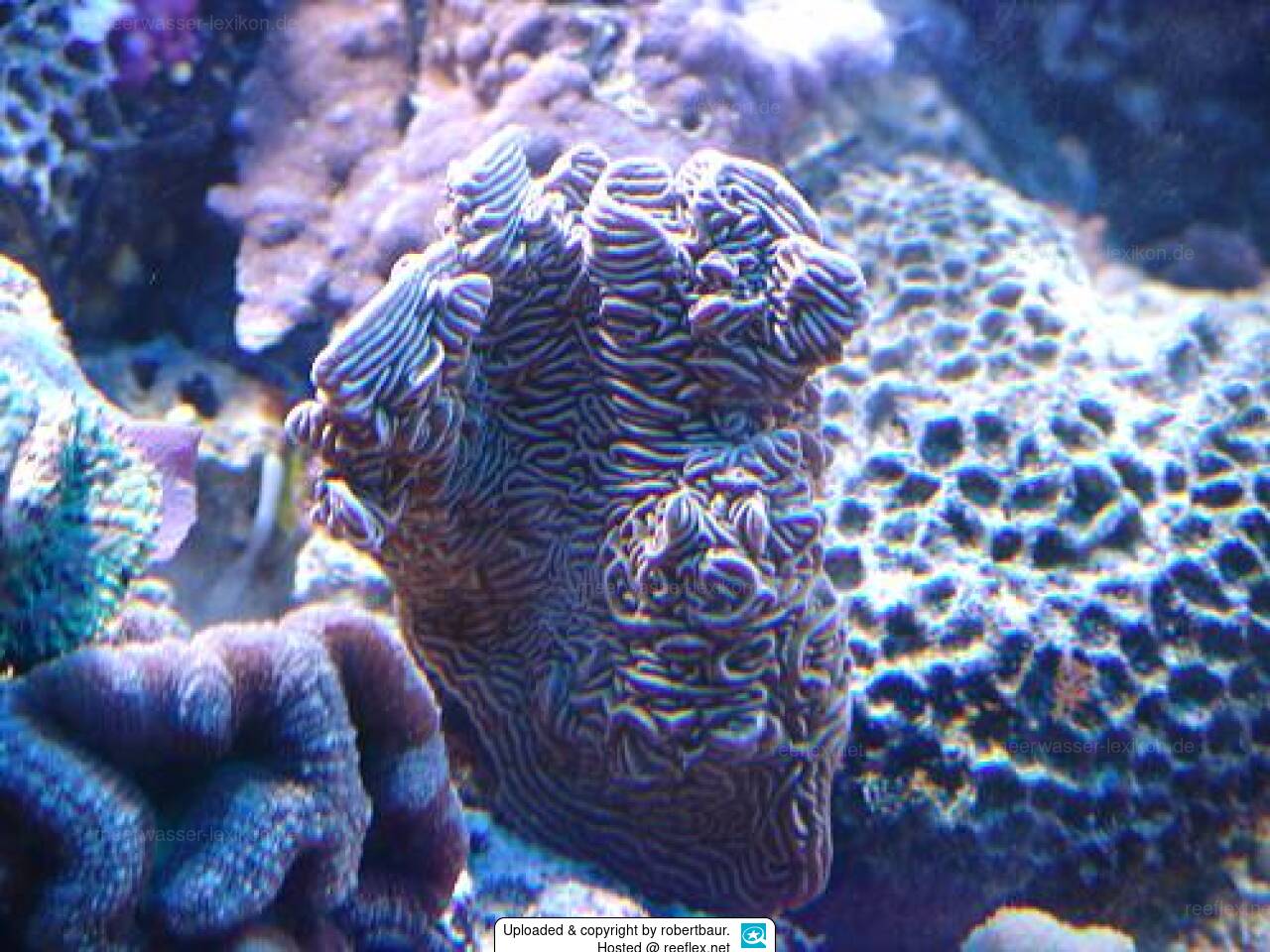Info
Pachyseris involuta
Studer, 1877
Similar Species: Pachyseris foliosa has a similar growth form but valleys are shallower and longer and there is no tendency for centres to be irregularly distributed along valleys. Pachyseris rugosa may form fronds and valleys of similar shape, but fronds are bifacial and the columella wall is conspicuous
Studer, 1877
Similar Species: Pachyseris foliosa has a similar growth form but valleys are shallower and longer and there is no tendency for centres to be irregularly distributed along valleys. Pachyseris rugosa may form fronds and valleys of similar shape, but fronds are bifacial and the columella wall is conspicuous







 robertbaur
robertbaur






